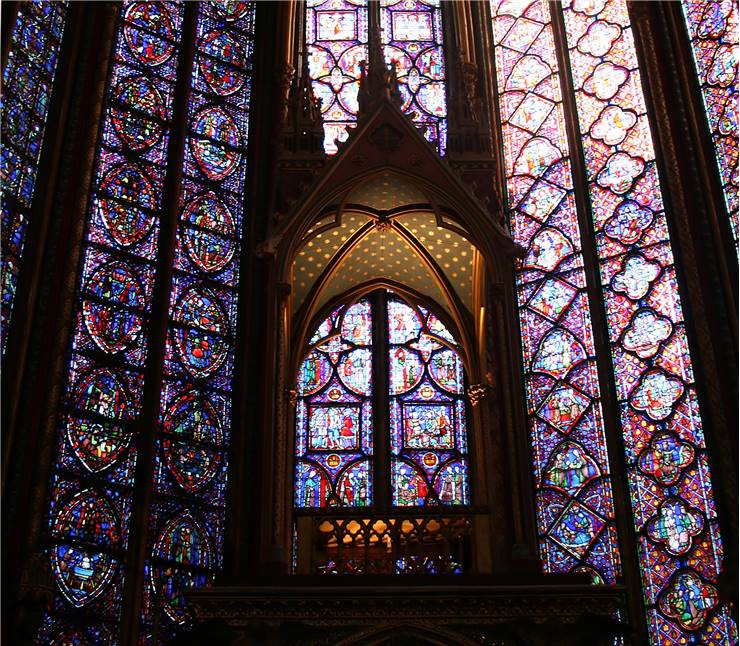Ingredients of Glass - What is Glass Made Of?
During the course of history, human ingenuity and rise of technology enabled our ancestors to conquer the ability to create glass some 3 thousand years ago. Even though our modern technology enables us to create glass in much larger quantities, the initial recipe and ingredients that were perfected in Ancient Egypt, Rome and Persia remains almost the same. In its basic structure, glass is made from pure silica that can most commonly be found in sand. However because pure silica has very high melting temperature and is not most durable material, many additional substances were introduced into recipes to strengthen it and change many of its properties, which helped the glass to become one of the most common materials in modern society.
Here are the basic components of modern glass:

- Sodium carbonate (Na2CO3) represent important ingredient of modern glass that adds both positive and negative features. It successfully lowers the melting point of silica to more manageable 1200 °C but it alsomakes the glass water soluble.
- To prevent glass from being water soluble and to increase its chemical structure, lime (calcium oxide, CaO), magnesium oxide (MgO) and aluminum oxide (Al2O3) are added. Glass enriched with lime represents over 90% of the glass that is use today.
- Addition of lead oxide, barium and lanthanum oxide can increase glass refractive index, making it more reflecting and suitable for optical purposes (eyeglasses and lenses). Thorium oxide served a similar role in the past, but it was phased out from manufacture because of its radioactivity.
- Sodium sulfate , sodium chloride, or antimony oxide can be added to prevent the creation of air bubbles in the glass mixture.
- Iron can strengthen ability of glass to absorb infrared energy and heat. Glass made that way can today most commonly be found in movie projectors.
- Cerium (IV) oxide is responsible for absorbing UV radiation.
- Boron oxide is one of the main ingredients in so called Pyrex glass. Its ability to strengthen the structure of glass and protect it from thermal expansion, cracking and thermal shock makes it perfect for production of many kitchen cookware, optical component and reagent bottles.
